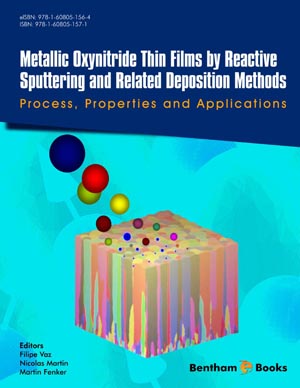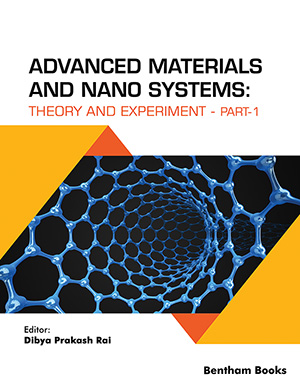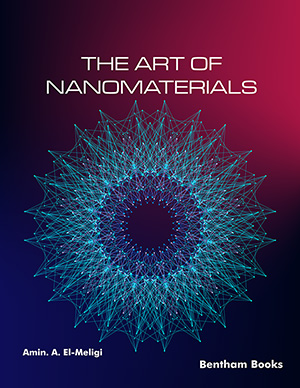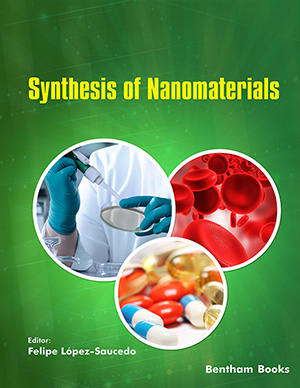Abstract
Niobium oxynitride thin films have been deposited by reactive magnetron sputtering. A niobium target has been sputtered in an Ar/N2/O2 atmosphere with different gas compositions. With Rutherford backscattering spectroscopy (RBS), particle induced X-ray emission (PIXE) and energy dispersive X-ray spectroscopy (EDX) the chemical composition was acquired. Scanning electron microscopy (SEM), atomic force microscopy (AFM) and X-ray diffraction (XRD) allowed studying the microstructure of the deposited films. The electrical conductivity and the optical properties were measured by the four point probe method and spectroscopic ellipsometry. With increasing O/N ratio in the films the electrical resistance and the optical transparency increased. Mechanical properties, like indentation hardness, indentation modulus, residual stress and the tribological behaviour, have been investigated with respect to the O/N ratio. The corrosion behaviour was studied by potentiodynamic corrosion tests and neutral salt spray testing. Furthermore, the degradation behaviour of the NbON films has been tested in artificial sweat. The thermal and oxidation behaviour have been observed in vacuum and in air. Finally, the biocompatibility and the wetting behaviour of the NbON films have been examined.
Keywords: Reactive magnetron sputtering, niobium oxynitride, deposition rate, chemical composition, crystalline structure, electrical conductivity, optical transmittance, refractive index, extinction coefficient, spectroscopic ellipsometry, indentation hardness, indentation modulus, residual stress, pin-on-disk tribology, thermal stability, corrosion behaviour, potentiodynamic corrosion tests, salt spray tests, cytotoxicity tests, wetting behaviour.




















